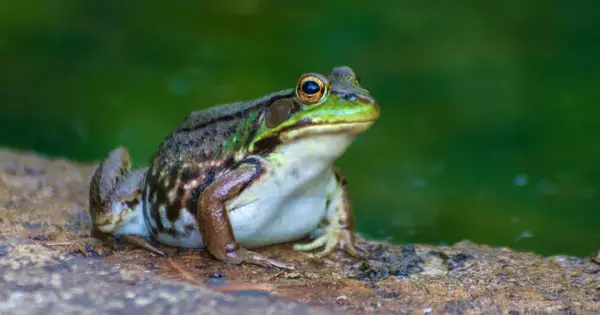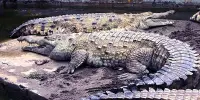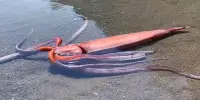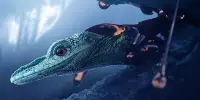NYU Abu Dhabi (NYUAD) researchers have discovered new insights into the evolution of color patterns in frogs and toads, which are known as anurans. Color patterns in animals can help them blend in with their surroundings and avoid detection by prey or predators. Many anurans have a light stripe along their back, which creates the optical illusion that the animal is split in two halves when viewed from above, confusing visually-oriented predators. Despite the fact that this color pattern is found in frogs all over the world, little is known about its evolution or genetic origin.
In a paper published in the journal Molecular Biology and Evolution, researchers from NYUAD’s Evolutionary Genomics Lab conducted a large-scale comparative analysis of over 2,700 anurans to better understand the evolutionary history of the vertebral stripe.
They discovered that the vertebral stripe has evolved hundreds of times and is selected for in terrestrial habitats where visual predators from above, such as mammals or birds, are more common. In contrast, the pattern was lost significantly more frequently in arboreal lineages (those living in trees) than in other habitats. While beneficial to ground frogs, this color pattern may be detrimental to tree frogs.
Our findings show that the vertebral stripe in frogs and toads has great potential in the field of evolutionary biology because it is a clear example of repeated evolution. Studying this color pattern in other species can thus help us understand to what extent evolution predictably employs the same molecular paths when identical phenotypes evolve under similar selection pressures.
Sandra Goutte
To investigate the genetic basis of the pattern, the researchers focused on the polymorphic Ethiopian grass frog species Ptychadena robeensis, which exhibits the vertebral stripe trait in a variety of forms, including wide, thin, and absent. They discovered that the gene ASIP is associated with the stripe pattern in that species. This genetic variation influences the level of ASIP expression in the various morphs, with higher expression resulting in a wide stripe and lower expression resulting in a thin stripe.
They also compared the genes of closely-related species of frogs and found that, while they present the same stripe patterns, they do not share the genetic variation found in P. robeensis. This led the researchers to the conclusion that the stripe alleles found in P. robeensis evolved recently. The researchers further conclude that the vertebral stripe evolves rapidly in anurans, which may allow species to adapt to environmental changes or variable conditions.
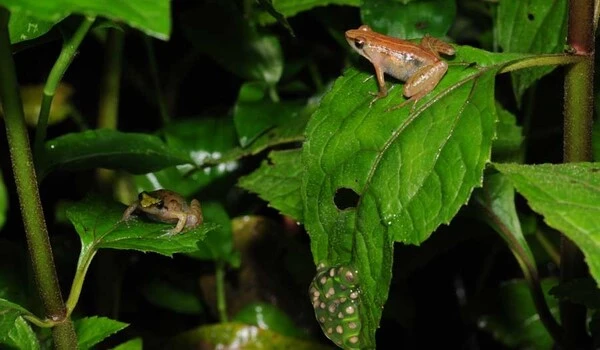
This is the first large-scale study of the adaptive value of the anuran vertebral stripe, whose evolutionary history was previously unknown. For the first time, this study establishes a link between the ASIP gene and a color pattern in anurans. ASIP is a well-studied mammalian gene that has been linked to melanin production and color variation. The discovery that it is linked to anuran color patterns in frogs opens up new avenues for research on anuran color patterns and comparative studies across vertebrates.
“Our findings show that the vertebral stripe in frogs and toads has great potential in the field of evolutionary biology because it is a clear example of repeated evolution. Studying this color pattern in other species can thus help us understand to what extent evolution predictably employs the same molecular paths when identical phenotypes evolve under similar selection pressures “Sandra Goutte, PhD, a research associate at the Evolutionary Genomics Lab at NYUAD, agreed.
“Our team’s identification of ASIP’s role in anuran coloration can also guide future comparative studies across vertebrates.”
